I had the opportunity to use the new Nikon AF-S 20mm f/1.8G ED lens and thought that I would show some of the images taken with it. At the time of writing the lens is still very new! I won’t provide many of its specifications as you can look at B&H Photo or Nikon for those but will share some of my thoughts after using it. First off, I was generally very happy with the way that it performed and would definitely recommend it to others. It is a fairly light lens and not very large either. It has beautiful bokeh and can focus in low light due to the f/1.8 max aperture. It seemed to handle nicely and focuses VERY close to things (you can practically get right up on top of your subject!) I don’t know if it was just the copy that I was using but the hood did not attach very securely and came off easily which was inconvenient. But all in all, it is a very nice lens and one that should fill its need well.
This is not the kind of review that is filled with photos of focusing charts and graphs of the measurement of chromatic aberration (and those things are important when researching the quality and performance of a lens) but I tried to add some practical examples that might help show some of what the lens can do. Most of the reviews for this lens will probably be tested on a camera with a full frame sensor (FX) but these images are shot on a cropped-sensor camera (DX). I know that doesn’t help us find out about sharpness in the corners, etc., but the lens works very well on a DX camera. It gives a view equal to 30 degrees and in my opinion makes a more affordable alternative to the Nikkor 24mm f/1.4. In my opinion the lens performed very well for the most part (no lens is completely perfect! :) ) and would be a lens that I would not hesitate to recommend. It may not be the ultimate landscape lens as it’s minimum f-stop is 16 and that would take a ND filter pretty fast for waterfalls, and it doesn’t have the versatility of a zoom, but it still worked exceptionally well for landscapes and can focus in low light. It would be an excellent lens in your bag for wedding and event photography and for photojournalism where wide angle perspectives are very important because they help the viewer feel like they are part of the moment and low light focusing is critical. The images in this review were RAW files processed in Lightroom and then downsized and converted to jpegs. Some of them just have the small default amount of LR sharpening and some are sharpened to the amount that I would normally use.
Here are some of the images that I took at the point on Anna Maria Island, FL. The metadata for each image is beneath it:
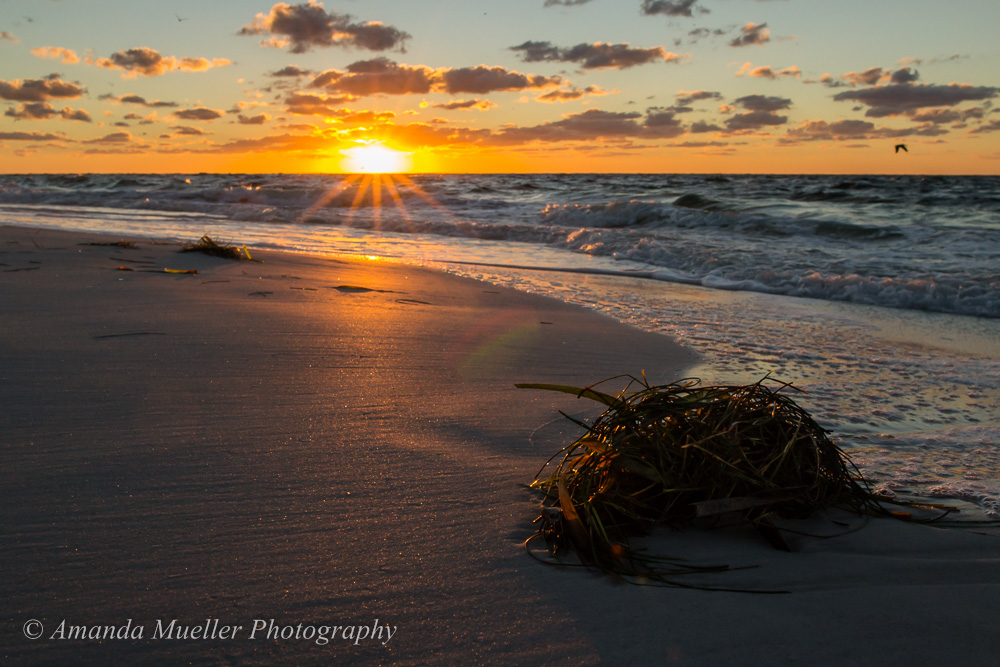
1/200 sec at f/13, ISO 400
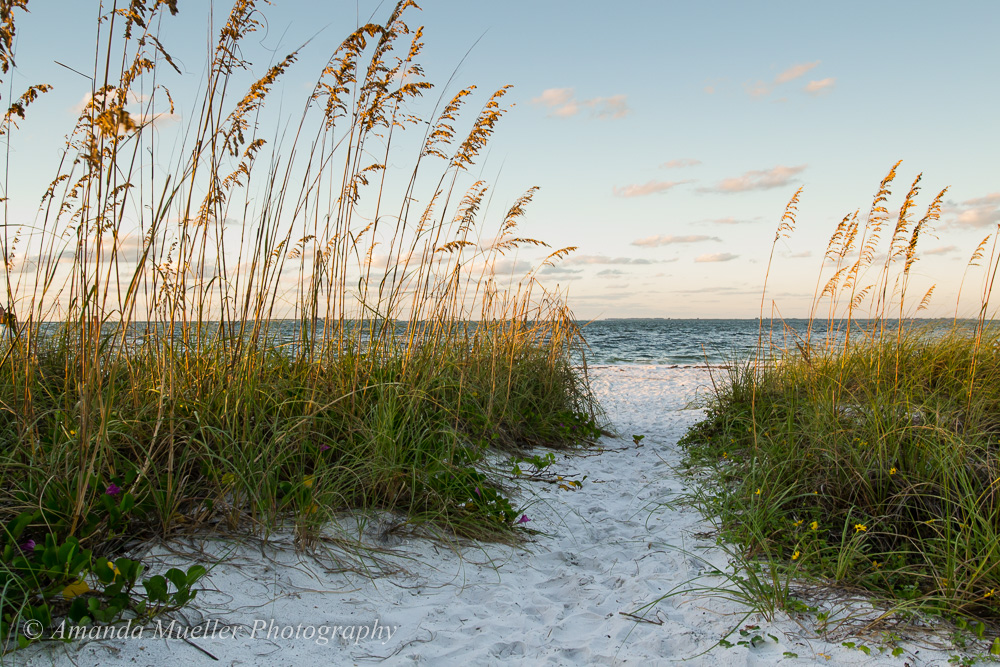
1/80 sec at f/8, ISO 400
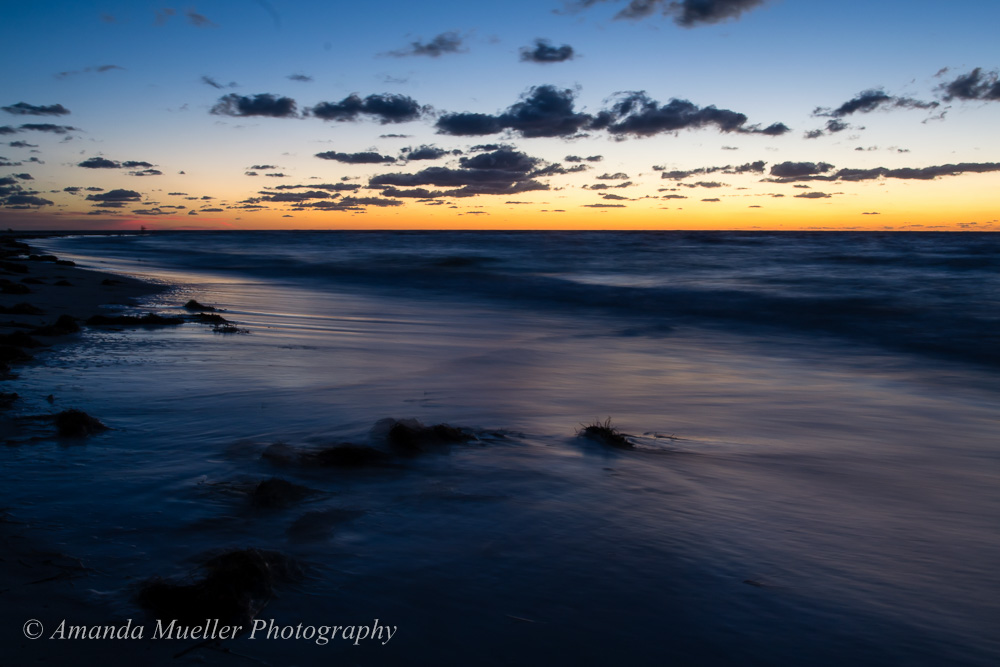
4.0 sec at f/16, ISO 100
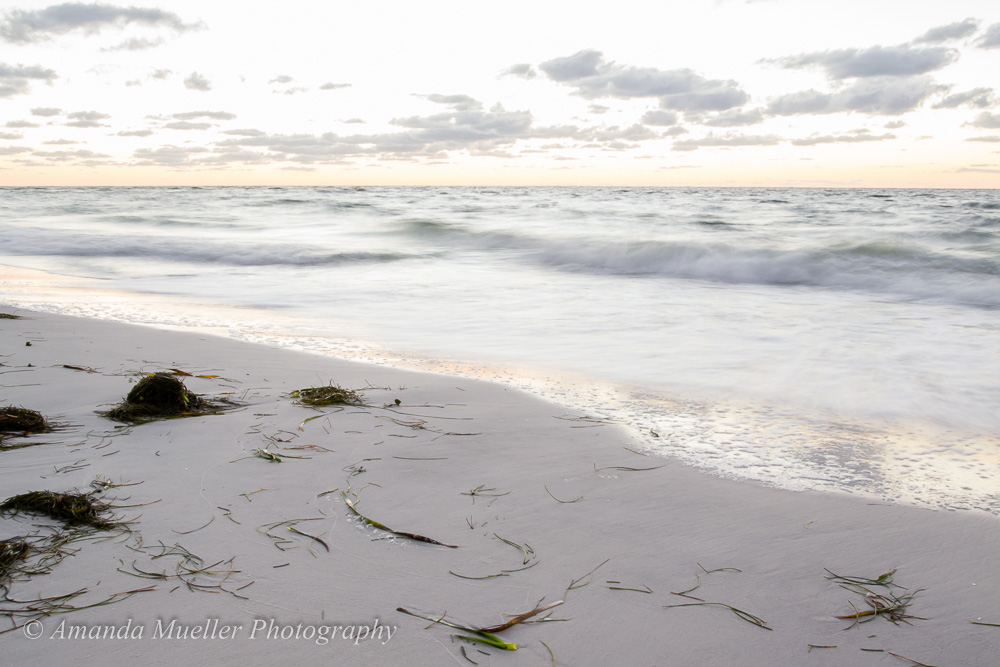
0.8 sec at f/16, ISO 200
More samples:
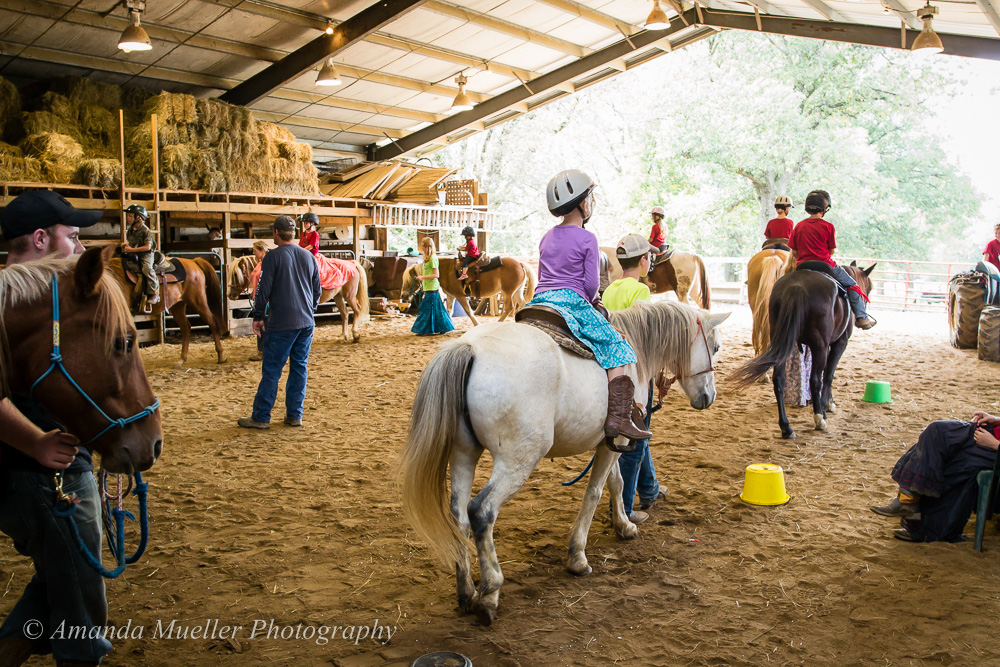
1/200 sec at f/4.0, ISO 1250, with flash to fill the shadows
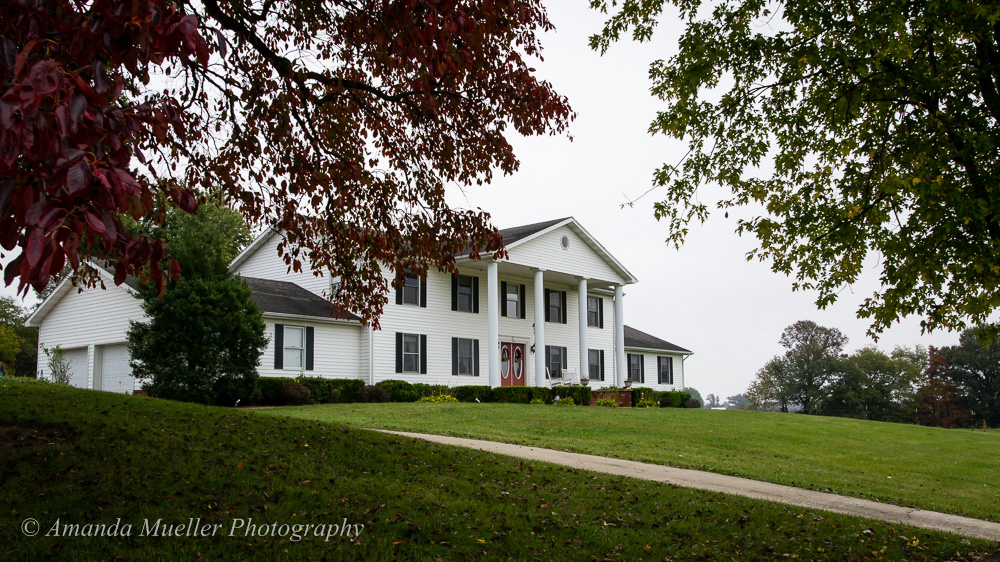
1/160 sec at f/8.0, ISO 250
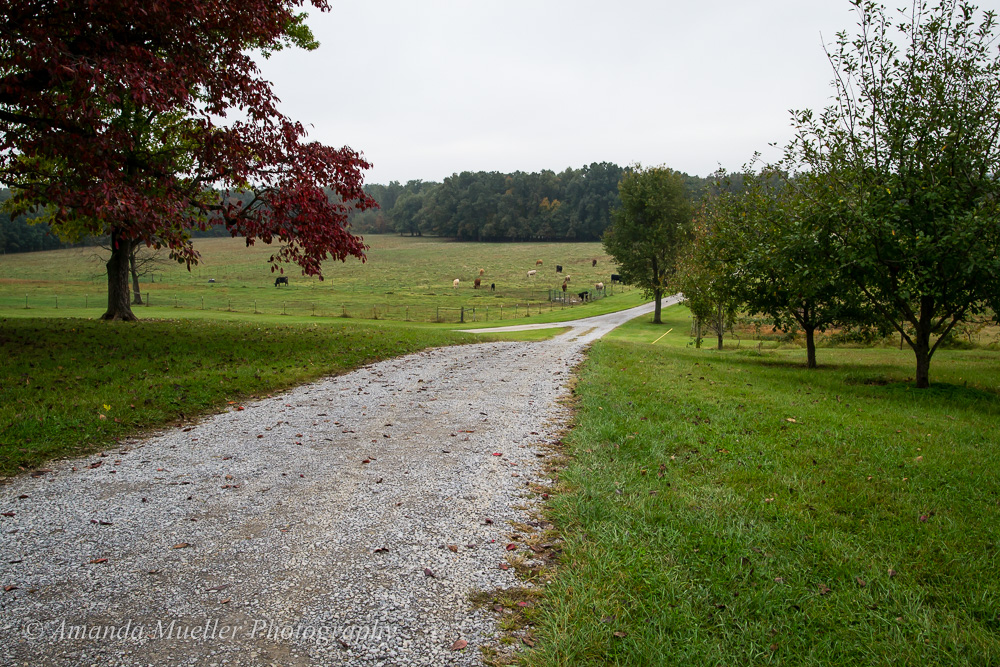
1/160 sec at f/8.0, ISO 280
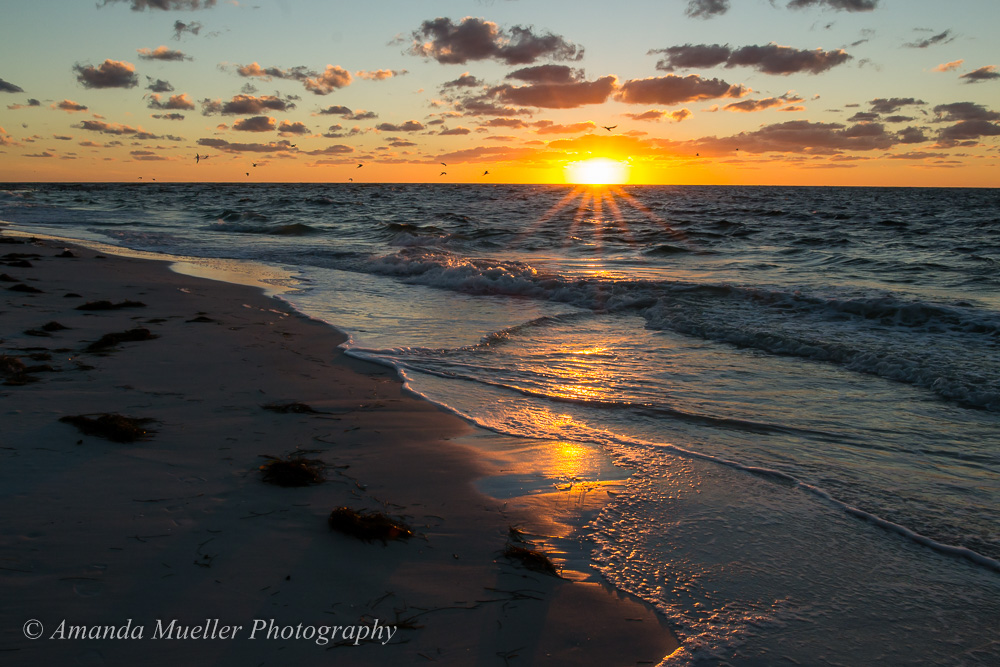
1/200 sec at f/13, ISO 400
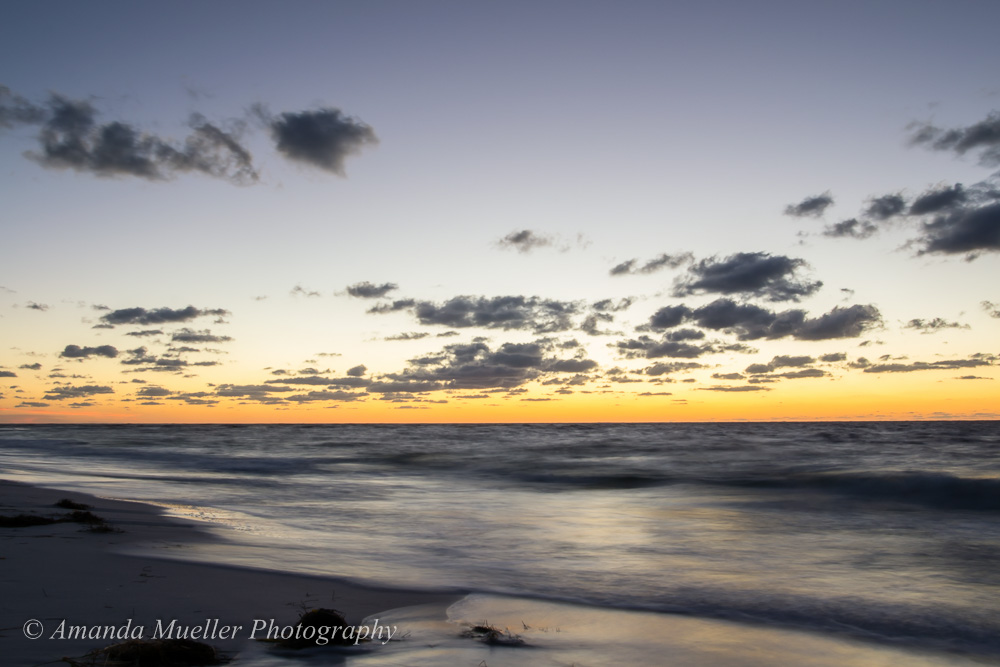
2.0 sec at f/16, ISO 100
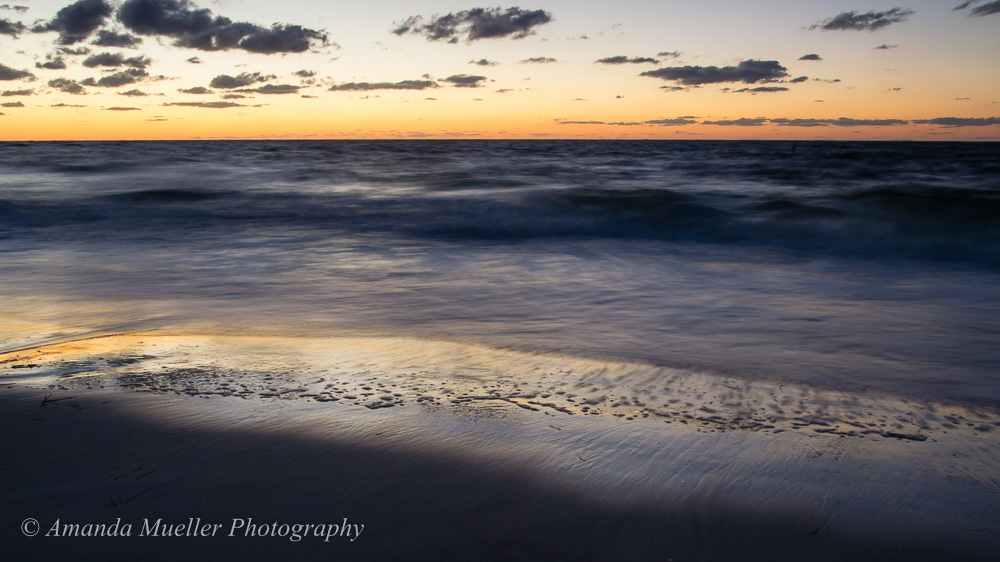
2.5 sec at f/16, ISO 100
I included the two images below to show an example of the lens’s bokeh. Good bokeh is very important to me and I think that this lens has very beautiful bokeh. The below image was shot at f/2.2 and the following one at f/2.8.
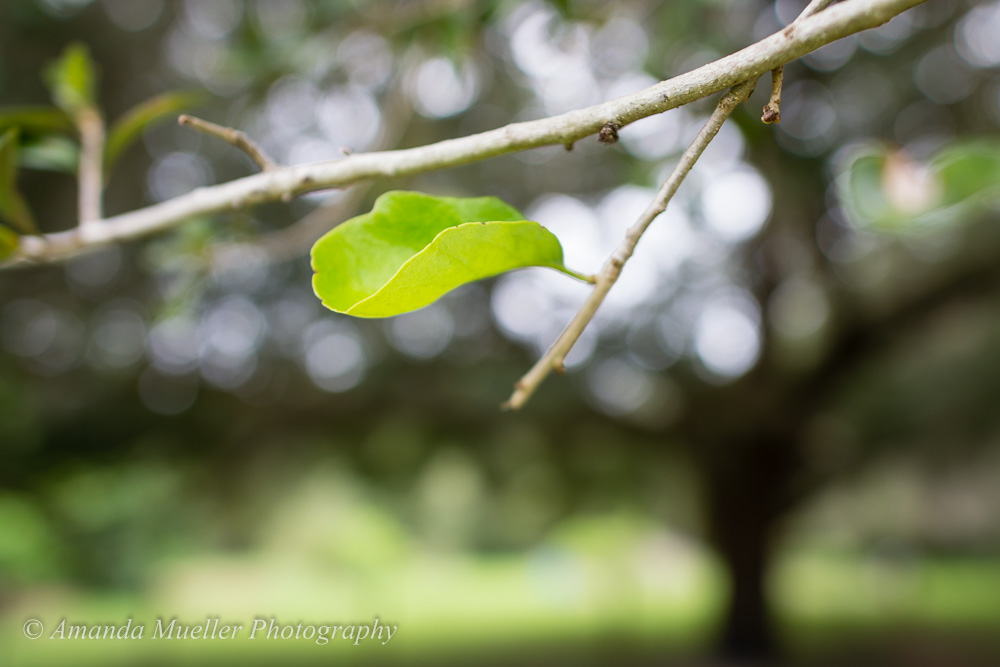
1/250 sec at f/2.2, ISO 100
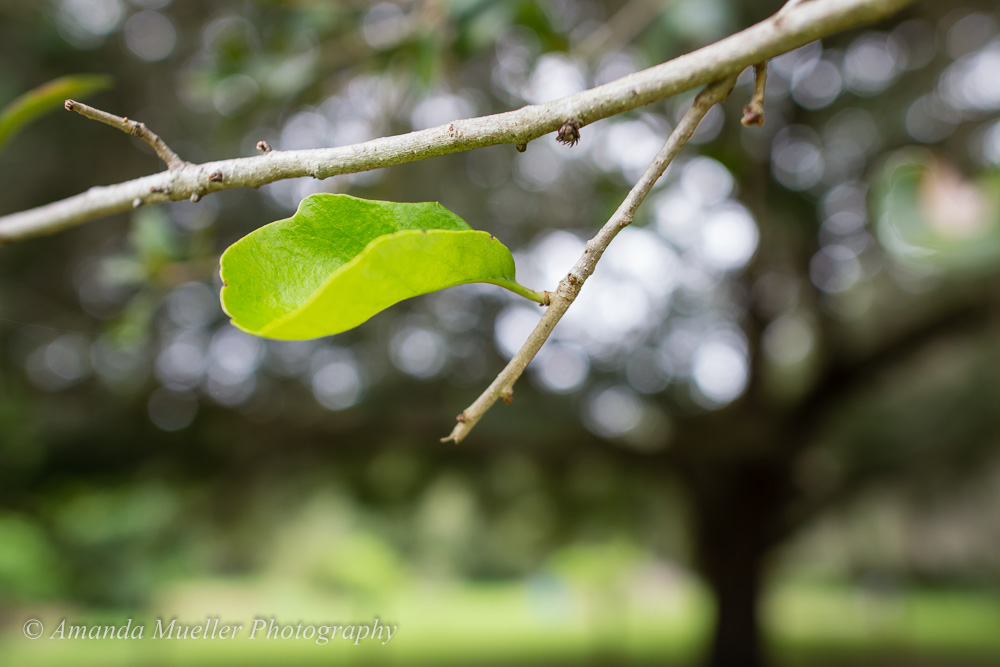
1/160 sec at f/2.8, ISO 100
Here are images and their 100% crops at f/4. Good sharpness to be expected.
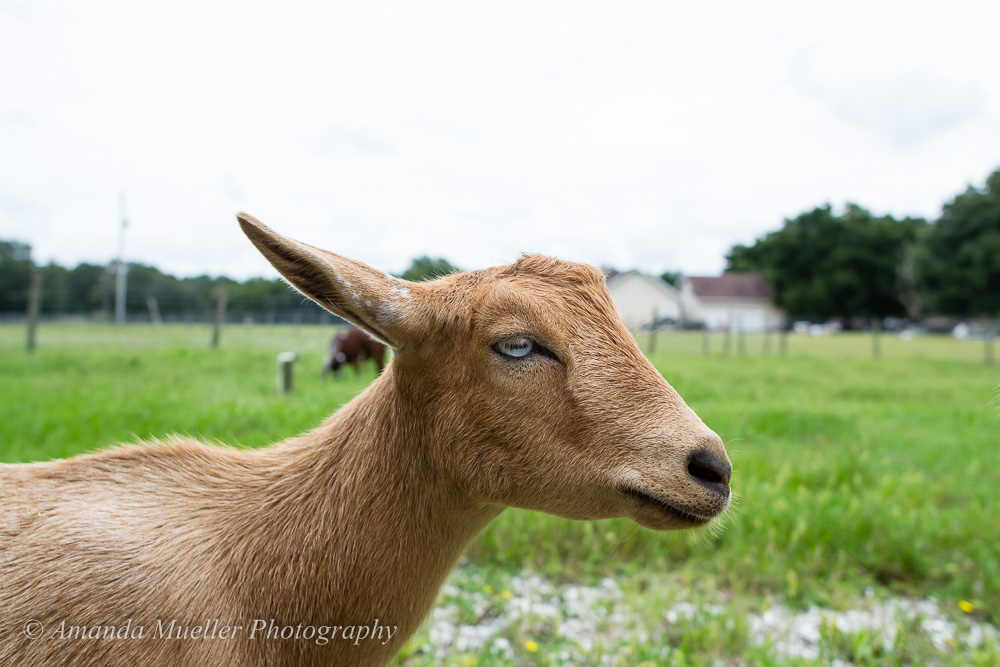
1/400 sec at f/4.0, ISO 100
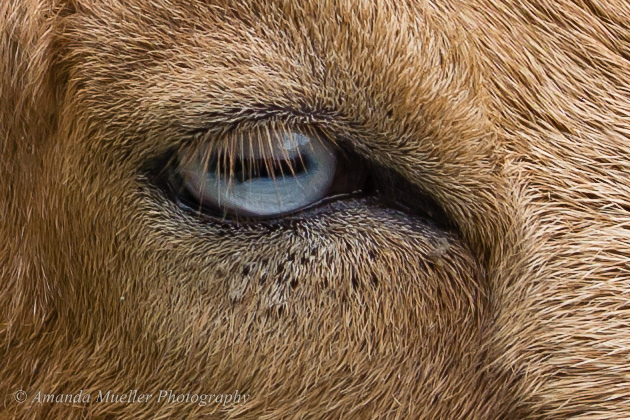
100% crop of image above.
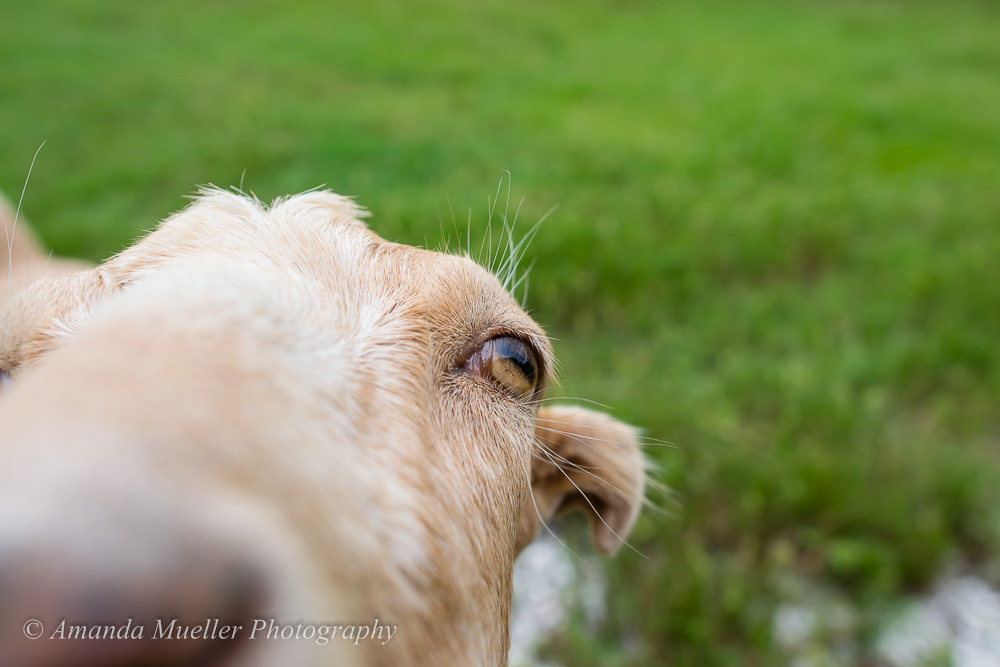
1/500 sec at f/4.0, ISO 100
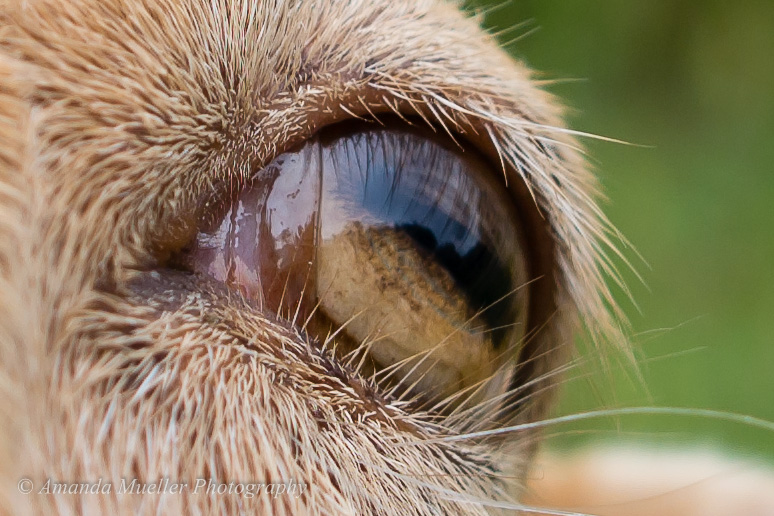
100% crop of image above.
Image and 100% crop at f/1.8. A little softer but still very usable!
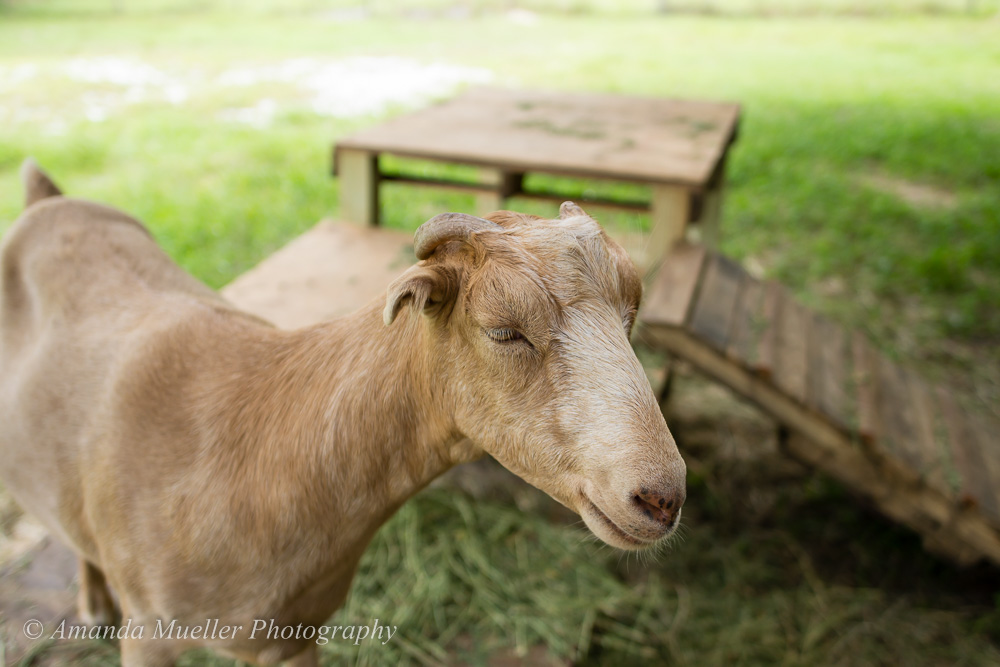
1/320 sec at f/1.8, ISO 100
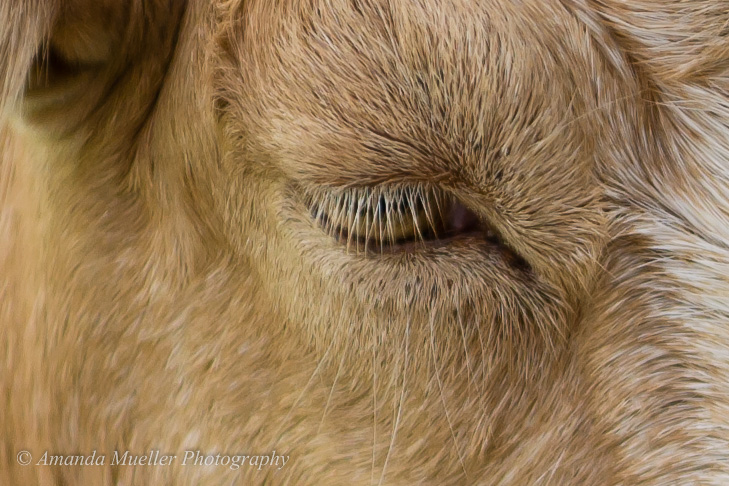
100% crop of image above.
I did this test to see how sharp and accurately focused the lens was at different apertures. These images are 100% crops. It appears softer wide open and improves by f/2.8.
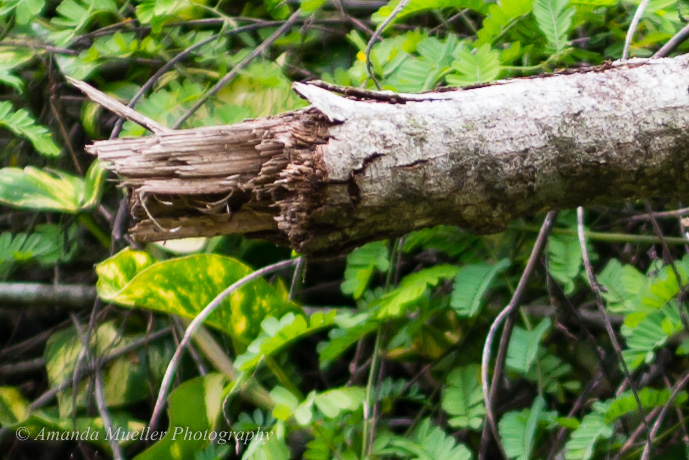
1/1000 sec at f/1.8, ISO 100
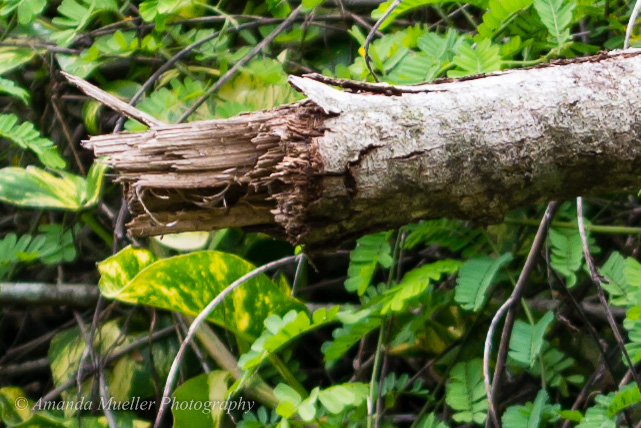
1/500 sec at f/2.5, ISO 100
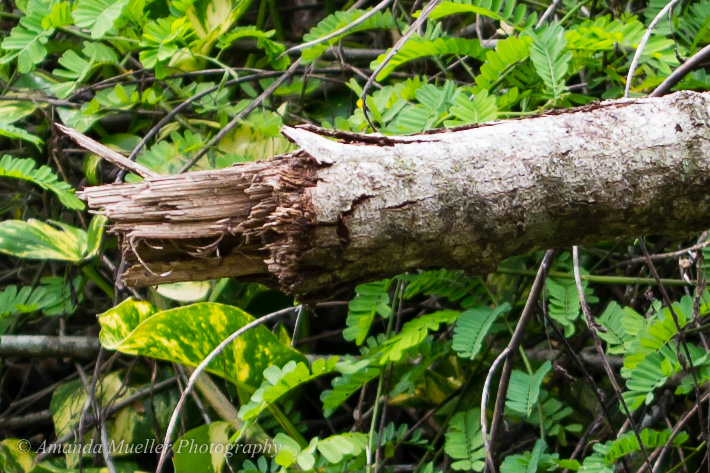
1/400 sec at f/2.8, ISO 100
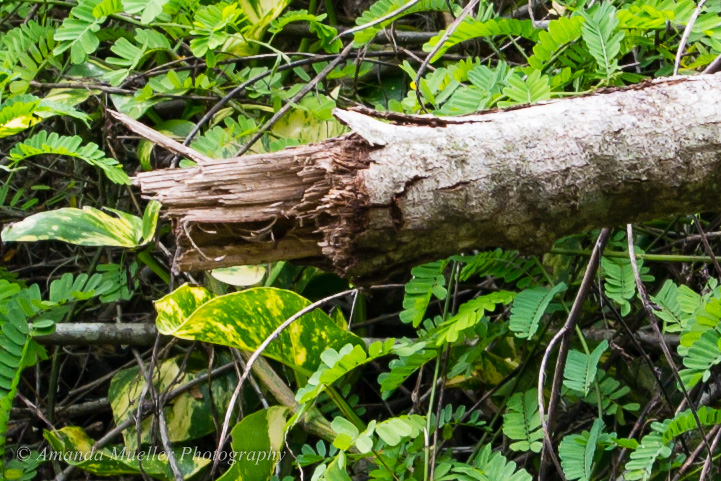
1/125 sec at f/5.6, ISO 140
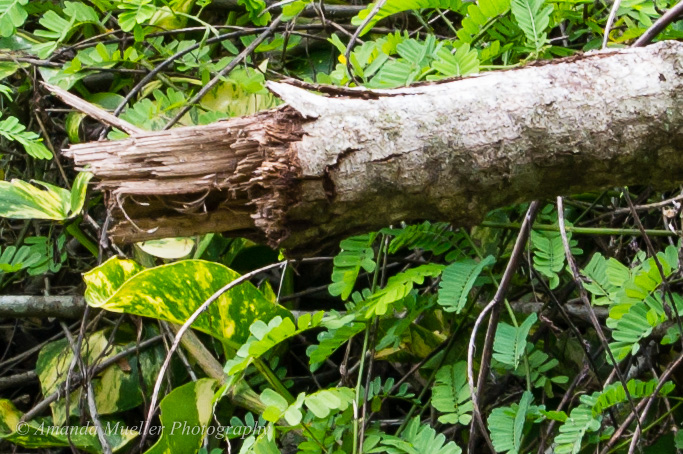
1/125 sec at f/8.0, ISO 280
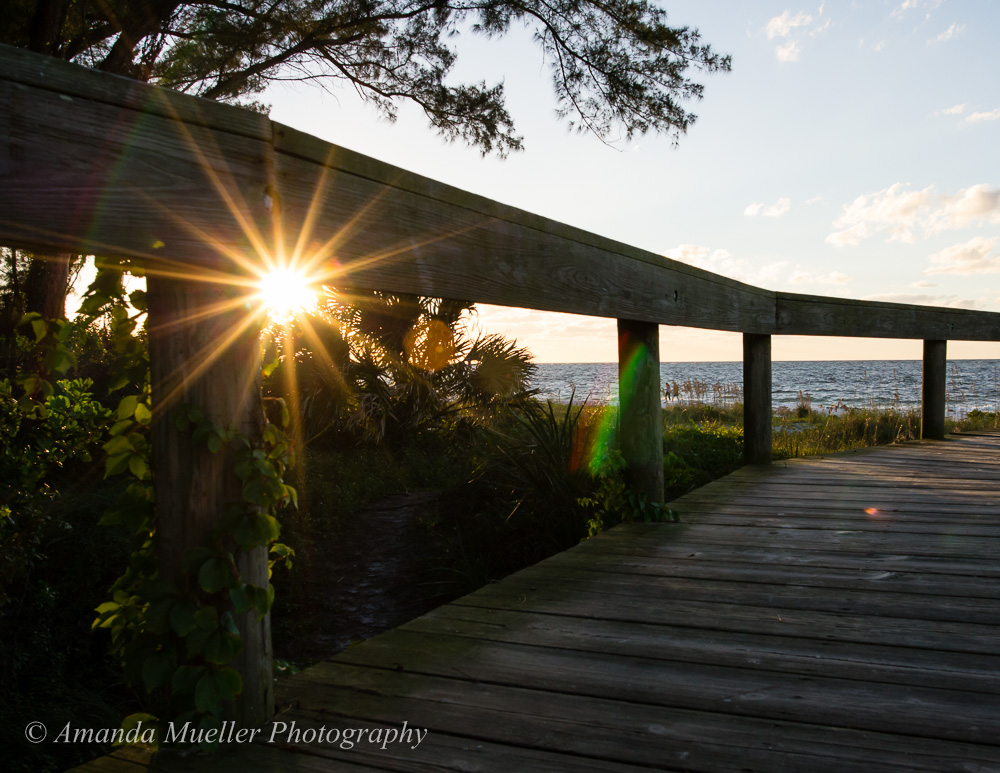
1/230 sec at f/8.0, ISO 400
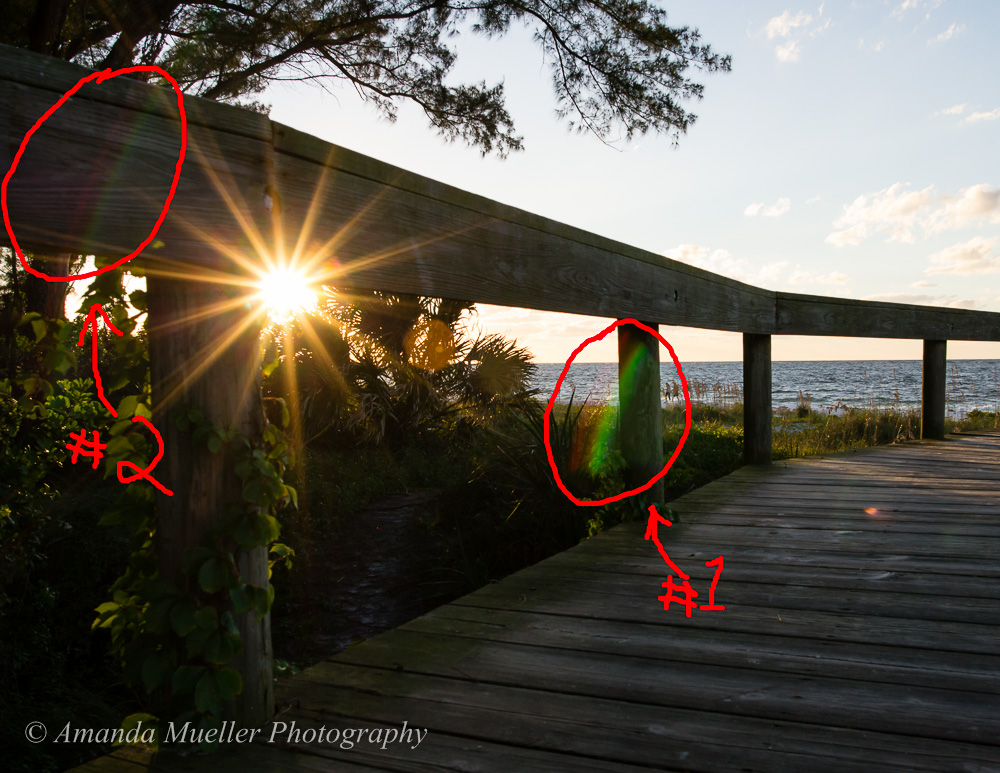
The star flare in this image is a pretty effect and was created at f/8. However, I did notice other flare that I don’t like. The effects of flare are not always avoidable when shooting into the sun and I didn’t try taking the uv filter off (which is a subject of controversy but I use them) as I didn’t think about it until back at home going through the images. I don’t want to blame the lens just yet but I thought that I would still share the example. I like the effect that I marked with a #2, although some people may not – it is a personal preference. I don’t like #1 and find it distracting.
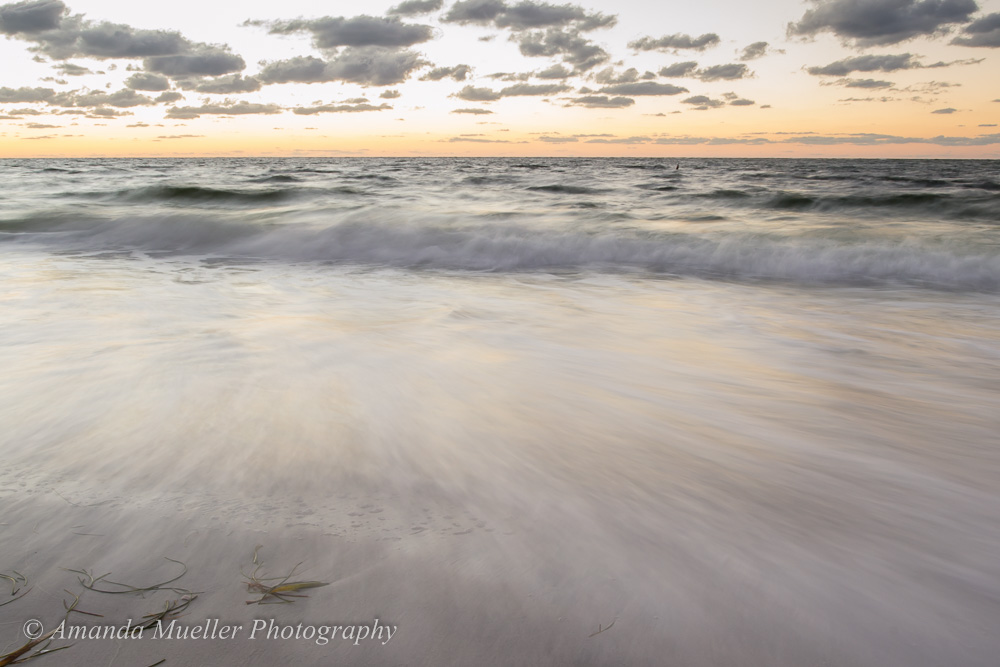
0.8 sec at f/16, ISO 200
I hope that this review was helpful to you in some way! If you have any more questions about the images please don’t hesitate to ask in the comment box below.

Great images!! I was wondering if you have an opinion as to how this lens compares to the 24 f1.4, which I own and find very impressive and sharp.
Thanks, Richard! I have never used the 24mm f1.4 lens but I would guess that it might be a bit sharper than the 20mm f1.8 just because of what it is and its reputation. It’s heavier and has 2 more diaphragm blades than the 20 f1.8 so the bokeh is probably smoother. However, I like the 20 f1.8 a lot and would have no hesitation to recommend it as it is still an excellent lens, and with the price, I think that it could be a good choice and even an alternative to the 24 f1.4 for a lot of photographers.